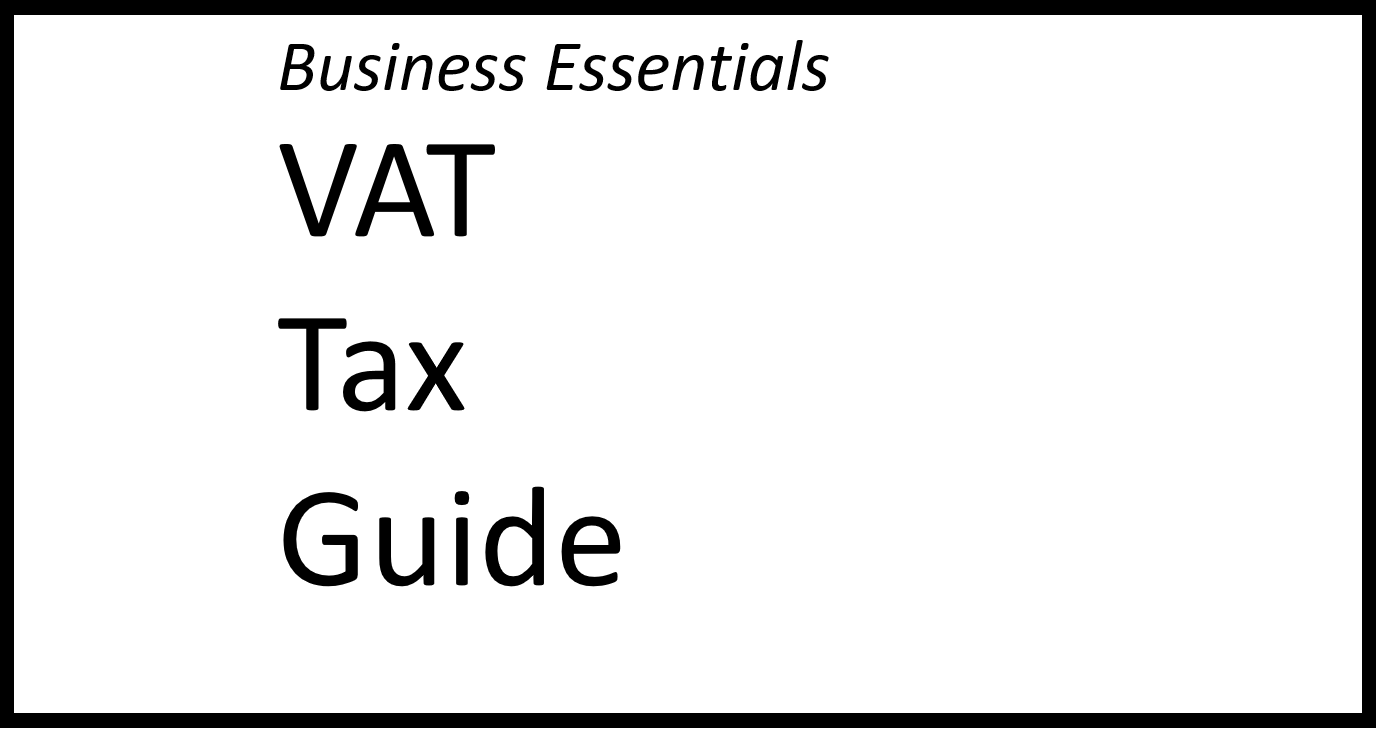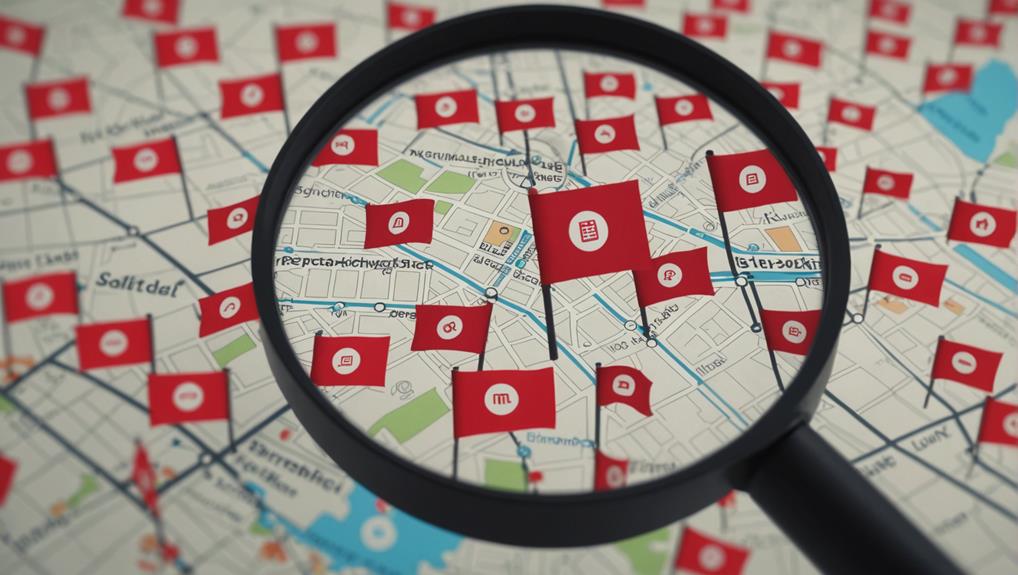
The Accounting Studio guide to
VAT
VAT is essentially a sales tax. Every time a business sells goods or servics, VAT is added to that sale.
VAT is, in our opinion, amongst the most complex of taxes. It has a huge scope with many exceptions and it is beyond the scope of this guide to go into the complexities of it.
What is VAT?
As mentioned earlier, VAT is a sales tax which gets added on when a business makes a sale of goods or services.
Normal individuals, and unregistered businesses pay the VAT as part of the price they pay for things.
As a VAT registered business the money you receive from charging VAT is not actually yours. You have become a tax collector for HMRC. When you receive the money, you ringfence the VAT part of the sale and then you pay it over to HMRC when you file a VAT return
When do I have to register for VAT?
Generally it is when your turnover (that would have had VAT charged on it, had you been registered for VAT) has gone over £85,000 in any rolling 12 month period. There are other tests but this is the main one. You can find out more here (https://www.gov.uk/vat-registration/when-to-register)
What happens once I am registered for VAT
Once you are registered for VAT you have to charge VAT on your sales if they are what are called VATable supplies (basically things that should have VAT applied to them). It is easier to start from the basis that all sales will have VAT on them, and then work out the sales that do not have VAT on them, such as services to businesses outside the UK.
You will collect the VAT from your customers, and pay it over to HMRC. The VAT element does not get treated as income and so does not increase your profits.
You will also be able to claim back any VAT you have paid when you purchase things and spend money in the business. Likewise the VAT element of the expenditure does not get treated as a cost and therefore does not decrease your profits.
Waiting for your VAT number
One common issue is what to do while you are waiting for your VAT number to arrive. Sometimes VAT numbers can take a long time to arrive and you may receive you VAT number after the date you need to be registered from. You are not allowed to raise an invoice after the date you are VAT registered from without VAT on it. You are also not allowed to add VAT to an invoice without also showing your VAT number. This may lead some to think that in that situation you cannot invoice at all, which could potentially be catastrophic for cashflow.
HMRC have this recommendation (https://www.gov.uk/vat-registration):
You cannot charge or show VAT on your invoices until you get your VAT number. However, you’ll still have to pay the VAT to HMRC for this period.
You should increase your prices to allow for this and tell your customers why. Once you’ve got your VAT number you can then reissue the invoices showing the VAT.
This is not brilliantly practical advice but it is their official line. Most accounting software will allow you to do this, although it make require a bit of a fudge to make it work and flow through to the VAT return correctly.
Making Tax Digital (MTD)
HMRC has introduced a new regime for VAT called Making Tax Digital. The broad upshot of these changes is that all businesses that are VAT registered should really be using accounting software (not spreadsheets), and should file their VAT returns using that software.
Have a look at our review of cloud accounting software for recommendations of MTD compliant accounting systems
How do I file and pay my VAT return?
You have to file you VAT return online. As mentioned above MTD means you need to do it using accounting software. Generally you would file the VAT return every quarter. You have a month and 7 days after your VAT period end to file and pay your VAT return. So if your VAT end was January, you would have to file and pay the VAT return by 7th March.
We normally recommend setting up a direct debit for HMRC to automatically collect the VAT. They would normally do this by 12th, not the 7th, giving you a few extra days. Doing it this way also mean you generally then avoid forgetting to pay it.




